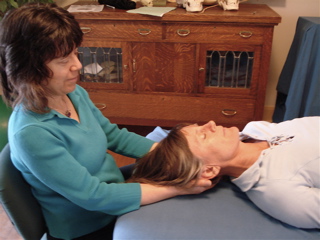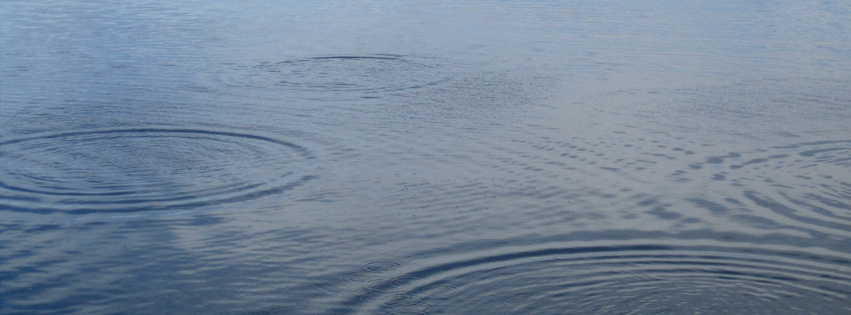My journey of learning and teaching Craniosacral Biodynamics has transformed my life in many ways, as it has for so many other students and practitioners of this profound work. The question still arises, What is Biodynamics?
Through years of study, practice and endless discussions with other teachers and especially Biodynamics pioneer (and my beloved husband), Franklyn Sills, I feel I have arrived at a clearer picture. I hope my description here, as well as in my forthcoming blog posts and forthcoming book, The Breath of Life: An Introduction to Craniosacral Biodynamics (North Atlantic Books, Spring 2018), can enhance the experience of a Biodynamic approach for practitioners, students, clients and everyone who embraces life in this modern era.
That seems like a big order! Biodynamics is big work. In that its essence is about how we perceive, I believe understanding its basic principles can be beneficial for anyone.
Orienting to Underlying Forces
The essence of Biodynamics is our orientation to formative forces, rather than limiting our perception to the effects of these forces. The most profound and universal expression of these forces were identified and named by founder of the work, William Garner Sutherland, as Primary Respiration. This is a stable, rhythmic phenomenon he also called The Tide.
Instead of seeing a symptom and trying to fix it, in Biodynamics we acknowledge the symptom as an outward expression of deeper forces. We practice deepening and widening our perception, to listen for the energetic forces that may be causing the symptoms. Our intention, however, is not really about finding the cause and eradicating it, which might be more in line with modern, western approaches to medicine and disease.
Our interest in Biodynamics is a more holistic view. The energetic forces underlying any phenomenon are not limited to those we can see, or immediately perceive. Any symptom is part of a larger whole. Even the physical body is just an aspect of wider energetic fields. We practice resting within the energetic fields supporting us all as we deepen, widen and allow the intelligence of the client’s system to express itself.
Rather than focusing in on the problem or pain, we acknowledge its presence and hold it with a wider awareness of the health always present. Even pain and illness can be an expression of health and can be understood as such when perceived as part of a whole. One aspect of the whole is the person’s pain and personal history. While that can be compelling, even more amazing is each person’s ability to survive and function within their conditions. In Biodynamics, we include in our awareness both the effects of our history – how we were born, various traumas encountered, accidents, illnesses, genes, etc. We practice being with these in the presence of even more powerful formative forces, those which guided our earliest formation in the womb, which enable wounds to heal, which make it possible for us to learn and grow as we meet the challenges of life. These forces exist prior to and beyond our individual lives.
Our primary job as Biodynamic practitioners is to acknowledge these different kinds of formative forces acting on the client’s system, and to orient to the deepest, universal or “Biodynamic” forces. When we are able to do this within a safe relational holding field, the apparent magic of Biodynamics unfolds. We are participating with the mystery. As Mary Oliver wrote,
“Let me keep my mind on what matters,
which is my work,
which is mostly standing still and learning to be astonished.”
In my next post, we’ll look at how this can relate to how we live our lives…




I’m looking forward to hearing more.
Thanks, Claire!
I look forward to more of this, and of course the book! Thankyou
Thank you!